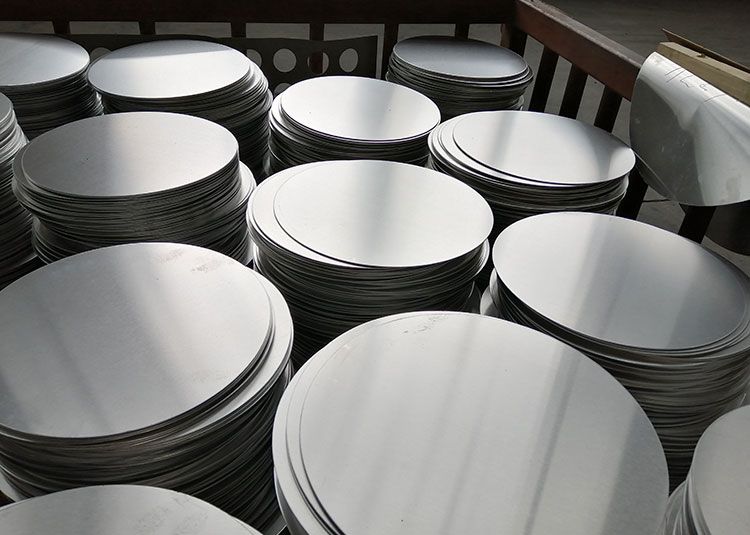In the world of metals, aluminum stands out for its lightweight, durability, and resistance to corrosion. Among the many types of aluminum products available in the market, 1060 aluminum circles have gained significant attention due to their unique characteristics and applications. This article will explore the benefits, manufacturing processes, and diverse uses of 1060 aluminum circles, solidifying their importance in various industries.
What Are 1060 Aluminum Circles?
1060 aluminum circles, as the name suggests, are round discs made from 1060 aluminum alloy. This alloy is composed of 99.6% aluminum, which lays the foundation for its excellent conductivity, formability, and resistance to oxidation. These circles are often produced through a process called rotational forging or deep drawing, which imparts a fine finish unique to 1060 aluminum products.
Features of 1060 Aluminum Circles
-
High Purity: The 1060 aluminum alloy is renowned for its high purity, making it an ideal choice for various applications that require minimal impurities.
-
Excellent Corrosion Resistance: The 1060 aluminum circle is resistant to air and moisture, thus preventing any deterioration over time.
-
Easy Fabrication: One of the most notable qualities of 1060 aluminum circles is their ease of fabrication. They can be easily cut, welded, and reshaped, making them ideal for custom applications.
-
Cost-Effective: Compared to other aluminum alloys, 1060 aluminum circles are relatively inexpensive without compromising on quality and performance.
Applications of 1060 Aluminum Circles
The diverse applications of 1060 aluminum circles are a testament to their versatility. Here are some common uses:
1. Cookware and Utensils
One of the primary applications of 1060 aluminum circles is in the cookware industry. These circles are used to manufacture pots, pans, and various cooking utensils. The excellent thermal conductivity of 1060 aluminum ensures even heat distribution, which is crucial for cooking efficiency.
2. Lampshades
With their aesthetic appeal and lightweight characteristics, 1060 aluminum circles are frequently utilized in the production of lampshades. They can be easily anodized for a decorative finish while maintaining durability and longevity.
3. Signage
Due to their smooth surface and easy printability, 1060 aluminum circles are often used for signage purposes. Whether in retail displays, road signs, or identification plates, these circles serve as a reliable medium for both indoor and outdoor use.
4. Automotive Components
The automotive industry efficiently incorporates 1060 aluminum circles for manufacturing various components, mainly in decorative trim and car inner parts, due to their low weight and strength attributes.
5. Electronics
1060 aluminum circles find usage in several electronic components, including housings and shields. Their conductivity benefits wireless signaling and ensures effective thermal management.
Manufacturing of 1060 Aluminum Circles
The production of 1060 aluminum circles involves several key steps:
- Melting: The raw materials, primarily aluminum, are melted in an industrial furnace at high temperatures.
- Casting: The molten aluminum is then cast into molds to form a large slab (or ingot).
- Hot Rolling or Cold Rolling: The slabs are either hot rolled or cold rolled to reduce thickness and shape the material into sheets.
- Shearing and Stamping: After rolling, the sheets are cut into round shapes through various processes like shearing or stamping to become circles.
- Finishing: This final stage may involve anodizing or polishing to enhance the surface quality and finish.





